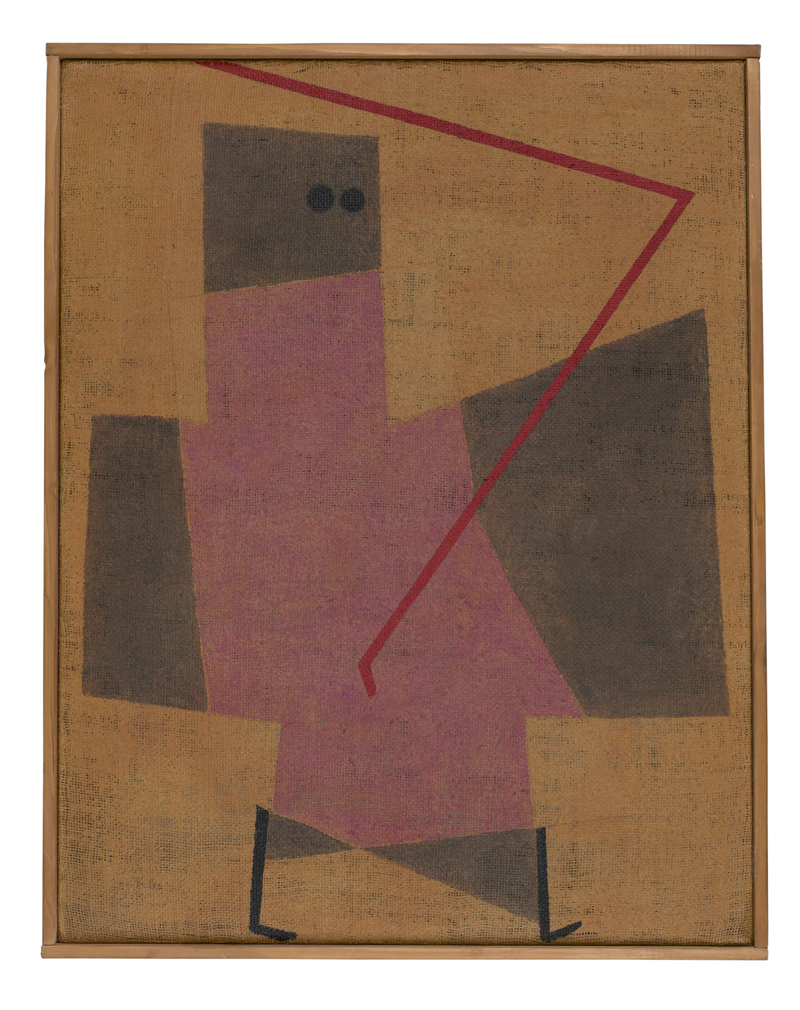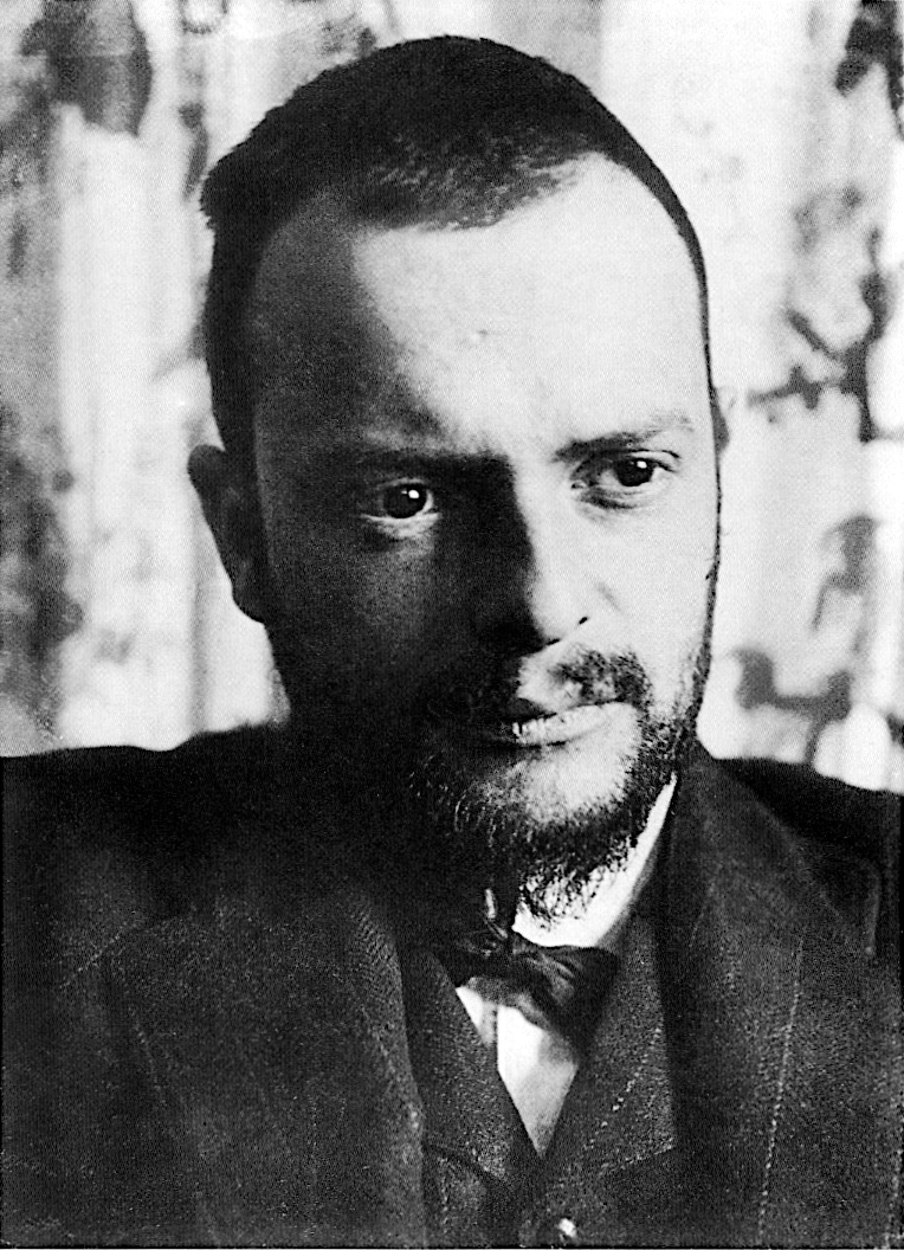You can see today's piece with your own eyes in the exhibition at Zentrum: Paul Klee "Pictures in Motion" showing Klee's works and his fascination for any form of movement. Enjoy!
In his teaching notes for the Bauhaus, Paul Klee speaks of freedom of thought. The mind is not alone in the world but bound up with a body, Klee notes. And this, in turn, is bound by gravity to the earth. The body does not have the same possibilities of movement as the mind does. In creeping, striding, climbing steps or even jumping, it remains subject to the laws of gravity–of the plumbline, as Klee calls it. What Klee analyses in detail in reference to movement in his teaching notes, mostly at a theoretical level, he tries to transpose into practice in his paintings–often in a free and playful way. He tries to depict in visual terms the physical experience of the walking posture, the rhythm of striding or the search for balance. Even in its title, The Step (1932) refers to the thematic area of motion. The depiction is as clear and reduced as the title: a cross-shaped geometrical figure with two black circles for eyes and short lines for legs while a long red line cuts through the painting.
Klee shows the movement and the direction of the movement very simply with the physical posture, the direction of the gaze and the alignment of the feet. But inconspicuous details further reinforce the impression of movement: Klee paints the right arm and the triangle near the right leg bigger than the corresponding planes on the left. This adds weight to the picture in the direction of the movement, which the figure balances with the posture of its back. Klee reduces the clumsy and monumental aspect of the figure–its heaviness–by standing it on thin little legs. Klee also uses the plane that he has placed in the middle above the body of the figure to make the figure look lighter. In his notes, Klee uses the expression "heavylight", which clearly demonstrates his tendency to make use of contrasting things, as he does in The Step. Finally, the red line depicts a kind of lightning flash. Klee repeatedly uses the arrow or the lightning flash as a symbol of dynamism. In this painting the lightning flash also should be seen less as a motif and more as an expression of movement.
Happy April Fools' Day! (Please be assured that today's description and masterpiece is absolutely serious and true!)


 Paul Klee
Paul Klee